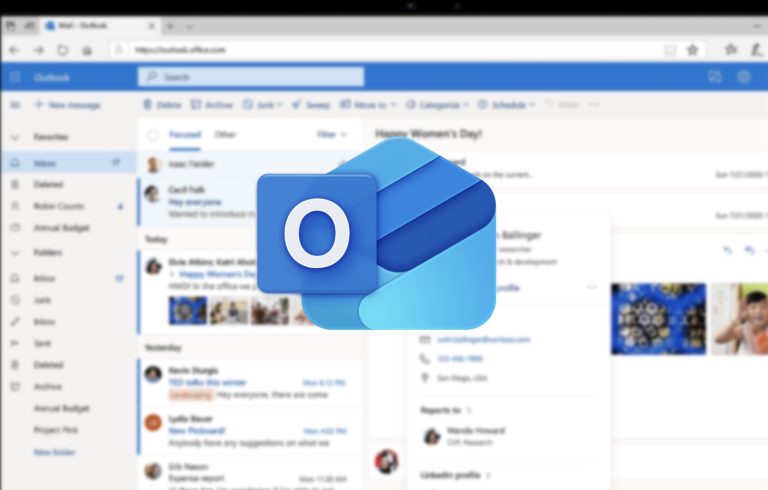3 Behind-the-Scenes Actions That Make Your Apps More Secure

Just as your computer can give hackers a way to access your personal information, your phone can as well. Numbers vary among sources but they all report that an alarmingly high number (up to 94%!) of apps contain security vulnerabilities.
Reasons for the high rate of app security flaws include lack of security training for developers and rushed app completion deadlines that don’t leave time for proper testing. Still, through careful coding and professional quality assurance services, software developers have many methods for ensuring that the apps you download onto your phone are secure.
1. Security Training
While no ethical developer would intentionally develop an app with security flaws, some may do so inadvertently due to a lack of training in security methods. Many developers are self-taught or receive inadequate training during their formal education, which often focuses more on languages, operating systems, and methods for creating highly usable apps.
Further, companies that employ software engineers often concentrate primarily on speed, leaving security as an afterthought or something to breeze by in the testing phase. These companies are taking a big risk, given the considerable damage that could be done to their reputations or bottom lines in the case of a breach into one of their apps.
While they don’t need to become security experts, developers should at least have a basic understanding of security issues and prevention. This training can come from educational outlets, employer-provided learning opportunities, or on-the-job experience.
The ideal scenario for businesses that hire developers is to promote security as an organizational value that’s part of the company culture. Companies that take this approach benefit from shorter time-to-market, reduced testing time and cost and lowered organizational risk.
When developers are well-trained about security, they’re much more likely to build apps that make it a top concern.
2. Careful Programming
Software engineers can take specific precautions to boost security. According to a recent freeCodeCamp article, there are “three basic points of building secure application architecture”: separated storage, customized configuration, and controlled access and user scope.
Separated storage refers to storing files with the same purpose separate from other files. For example, the developer would store user-uploaded files separate from the main application to avoid the potential for path traversal.
Customized configuration pertains to reviewing settings for things like default passwords, tutorials, sample data, and open ports. The basic rule is to use minimal architectural components to ensure fewer possible entry points for attack.
The third component, controlled access and user scope, is something developers should consider early in the development process. It refers to keeping admin-only processes separate from the space users may access.
All of these methods, and many more, contribute to clean app code that leaves few if any weaknesses for hackers to take advantage of.
3. Security Testing
Testing is another important step that companies in a hurry to get their products on the market often skip. Even code developed by the best engineers using sound security practices is susceptible to issues that can go unnoticed without proper testing.
There are many points during the app development process at which security can be compromised, including the downloading process, authentication, permissions, data storage, and interactions with third-party apps. Software testers thoroughly check for anything within an app that could go wrong. As a result, developers can fix identified security problems. Testers can be part of a development team within a company or part of a trusted outside agency.
The primary method used to test for security vulnerabilities is called penetration testing. Essentially, the testers (known as penetration testers or pen-testers) behave like hackers, trying their best to infiltrate the app. They use a wide variety of resources, including online searches for leaked source code, knowledge of application architecture, insight into likely app users, and understanding of application types (web, native, or hybrid apps).
When the testers present findings to developers, the responsibility goes back to them to fix the problems, closing any security loopholes found in the app. In this way, testing is a critical component of making your apps more secure.
In Summary
Mobile app development is a fast-paced industry with complex business and technical factors involved. Unfortunately, that means security may not always be a top priority for some companies and individual developers. However, there are many who do place security at the forefront of the design process, using behind-the-scenes methods like those listed above to achieve the best possible protection from cyberattacks.
There are steps you can take to maintain security as well. Only download apps from sources you trust, such as the Google Play Store or the Apple App Store. Even then, check each publisher and read reviews before downloading. The apps available from these outlets are vetted and likely to be secure but do your own homework just to be sure.






